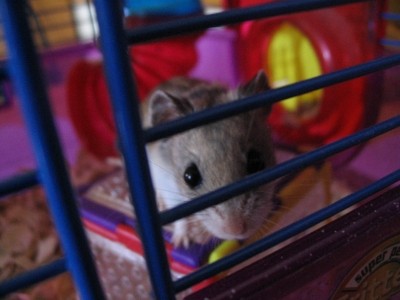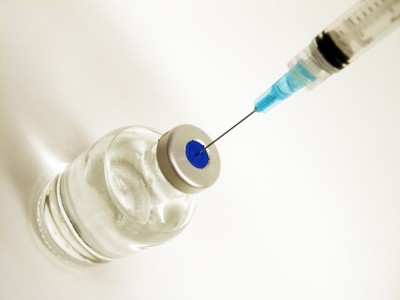Chinese Hamster Genome a Boon for BioPharmas say Researchers

Since they were first isolated in the late 1950s, Chinese hamster ovary (CHO) cells have become the expression system of choice for biomanufacturers with the firms behind top sellers like Rituxan, Humira and Enbrel all using them to manufacture their products.
But while scientists have improved CHO lines for biomanufacturing - increasing yields and improving selectability - the lack of a reference sequence for the Chinese hamster (Cricetulus griseus) has meant such work relied on random mutagenesis rather than genetic engineering.
This has now changed according to the authors of the draft Chinese hamster genome published in the journal Nature, who say the 2.4-Gbase, 24,044-gene sequence will aid bioprocessing systems analysis and in cell line engineering.
Author Prof Bernhard Palsson, of the University of California, San Diego, told BioPharma-Reporter.com that: "This sequence will be the reference sequence for all genome-scale analysis of CHO cell lines," adding that "the current paper also has sequences for 7 CHO cell lines of various origins."
Useful mutants
The team have already compared the draft sequence against several CHO cell lines – including the widely used CHO-K1 strain - and identified a number of relevant and potentially useful genetic differences.
The wrote that: “Each cell line harbours a unique set of mutations, including SNPs, indels, CNVs and missing genes. CNVs were particularly heterogeneous, with 48%, mostly duplications, being unique to one cell line.
“We also found that mutations rapidly accumulate during development of production cell lines. For example, during the development of the C0101 antibody-producing cell line from CHO-S, 301,753 new SNPs arose, representing 9% of the SNPs in that cell line.”
Genome era
This information – and indeed the availability of a reference comparator – is likely to be of considerable use to biomanufacturers according to Prof Palsson, particularly those striving to improve production yields.
"The biopharmaceutical industry is worth about $125bn per year in sales at high profit margins. The majority of therapeutic protein are made in CHO cells. The current paper, along with the 2011 publication of the CHO K1 sequence puts this industry firmly into the genome era.
"The genome-scale era for CHO is likely to substantially improve CHO cell lines as production hosts and have a far reaching impact on this industry, just as whole genome sequences did for e. coli and yeast as production hosts."














